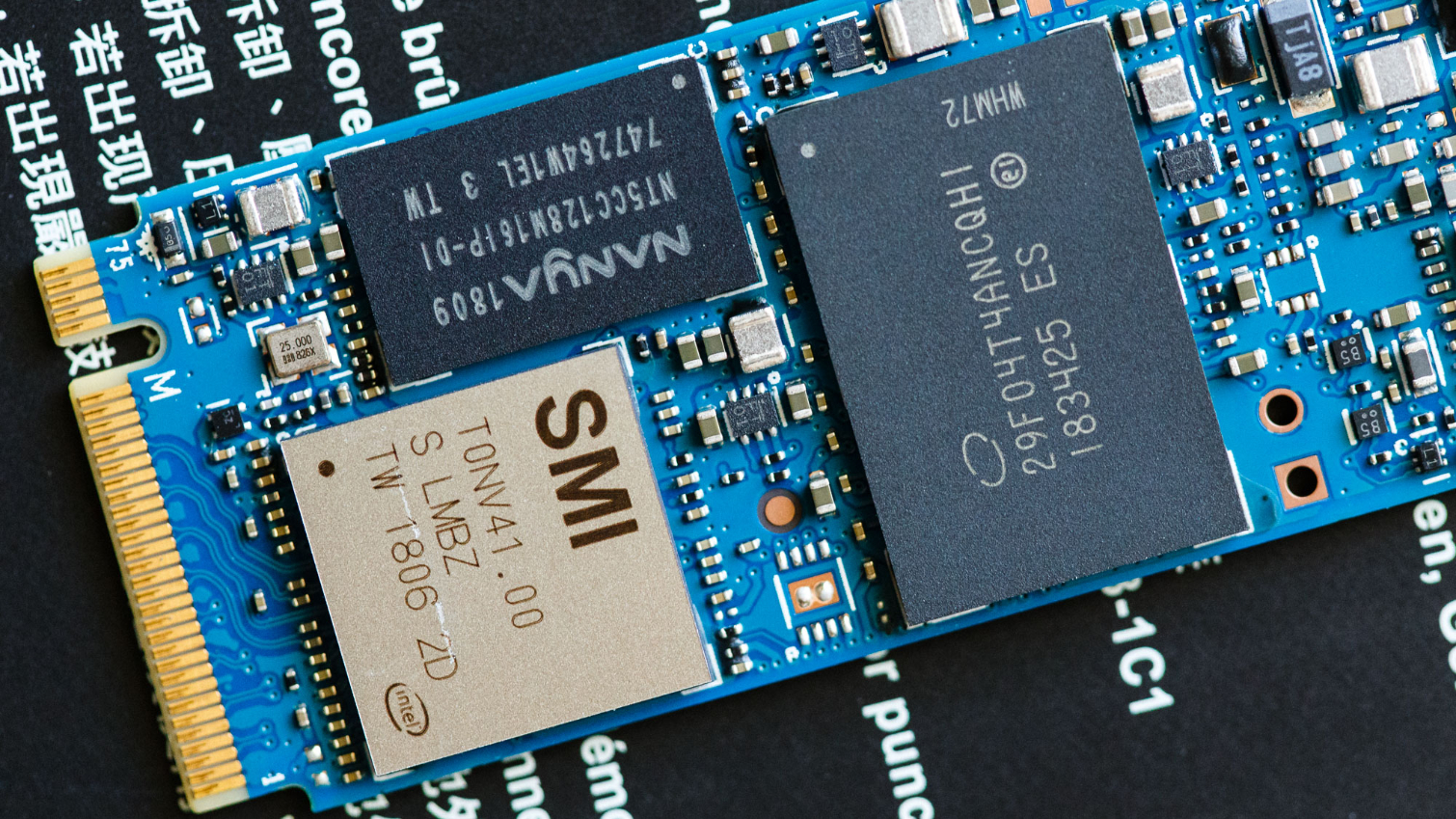Intel Optane Memory H10 M.2 NVMe SSD Review: QLC Flash Meets Optane Caching
Why you can trust Tom's Hardware
Conclusion
We put the H10 through its paces for multiple days of testing, retesting, and validation of our results. What is the result of a solid week and a half of testing? Proof the Optane Memory H10 can help to accelerate your workflow, but its benefits are limited to specific types of use.
The H10 uses Optane to accelerate QLC flash, which is already pretty fast when the SLC cache is freed up, but our PCMark 8 and DiskBench transfers prove that the H10's caching technique can benefit some workloads.
The H10’s controller aggregation feature is quite clever, but most applications only show minor improvements in file loading and installation time. Windows boot time also remained quite similar to normal SSDs, too. Additionally, Optane caching doesn’t always kick in right away. At times it takes 2-4 reads before the files land in the cache.
Caching also has its eccentricities. Sometimes the Optane H10 speeds up a cached file after you modify it, which speeds up updated files immediately. But that isn’t always the case. Sometimes it may take an optimization run or two for the file to fully recache. Optane caching could be a bit more aggressive on its caching and updating of modified files in the cache, but the current implementation is suitable for most tasks.
Overall, there are performance advantages; they just aren’t all that noticeable during most real-world use compared to a normal SSD. We found that the time difference between caching enabled and disabled is usually within a few seconds. The benefit of caching an SSD isn’t anywhere as great as caching data held on a hard drive.
What is more noticeable, however, is the slow native write speed of QLC flash after the SLC cache is full. While not applicable to most normal everyday use, there are instances where the SLC cache fills and is a detriment to performance.
Optane caching also didn't help when we restored an average-sized system image. We restored a system image, which took more than three times longer than other TLC SSDs. This condition only gets worse with larger system images. While this is only one rare workload, 40-50 MB/s of base write speed makes me feel like I'm using an old hard drive more than a full-blown SSD, let alone one with Optane planted on it.
Get Tom's Hardware's best news and in-depth reviews, straight to your inbox.
If you're in search of an upgrade for your existing system, the H10 isn’t the drive for you, but only because you can't buy it. For now, the Optane H10 is an OEM product, and Intel hasn't provided a firm timeline for a retail release. Our testing proved the drive has what it takes to speed up most workloads, so it should be quite successful if it lands at the right price point.
We've learned that OEMs will offer these drives in systems at target price points that range from $799-$949 for systems with the 256GB model, $949-$1,499 for systems with the 512GB model, and $1,499+ for systems with the 1TB model. Here's hoping these drives come to retail soon.
Image Credits: Tom's Hardware
MORE: Best SSDs
MORE: How We Test HDDs And SSDs
MORE: All SSD Content

Sean is a Contributing Editor at Tom’s Hardware US, covering storage hardware.
